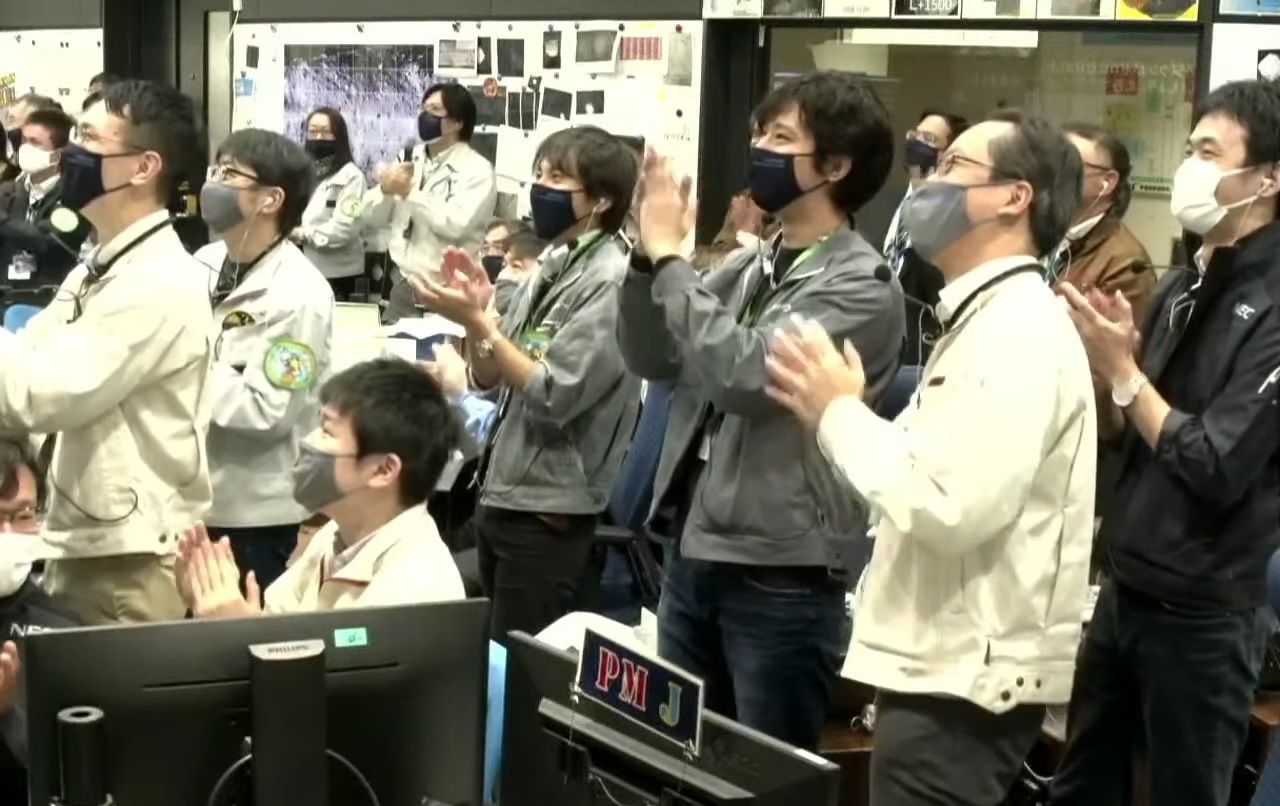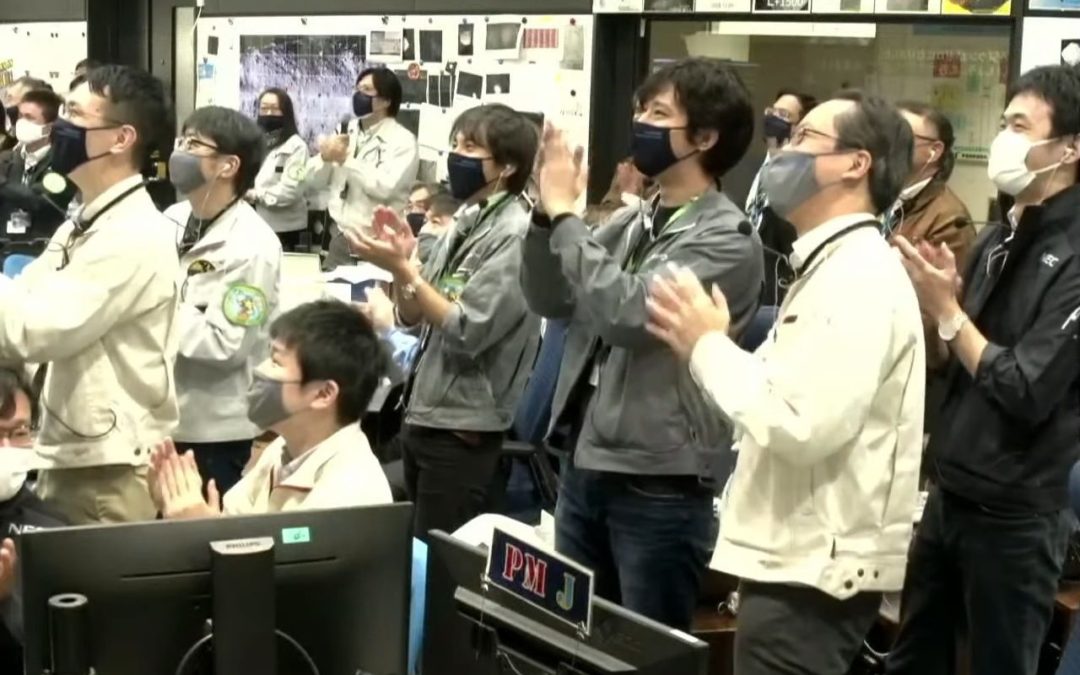
The Japanese did it again! The JAXA spacecraft Hayabusa2 successfully brought home a sample from the near-Earth asteroid 162173 Ryugu. As the sample return capsule was opened this week, it revealed plenty of dark dust and some gases inside. JAXA scientists are now eager to start analyzing the sample to uncover its secrets. The plan is now to make half of the sample available for science teams, both Japanese and international, while the other half is to be stored for the future, waiting for a day when analysis methods are even more advanced than they are today.
This video is an extract from yesterday’s press conference, with Hayabusa2 Project Manager Yuichi Tsuda confirming samples from Ryugu in the capsule! pic.twitter.com/hrhbiD6EIf
— HAYABUSA2@JAXA (@haya2e_jaxa) December 16, 2020
The Hayabusa2 spacecraft was launched in late 2014. It arrived at the Ryugu asteroid in the summer of 2018 and stayed around to study the asteroid until November last year. During those one and a half years with the asteroid, the spacecraft studied the asteroid and also dropped off a few small asteroid rovers onto it. These small rovers have delivered pictures and valuable scientific data from the surface of the asteroid itself. But the highlight of the mission was to collect and bring home a small sample from the asteroid’s surface and interior. Hayabusa2 touched down to collect a surface sample in February 2019 and later went down a second time to pick up dust from the asteroid’s interior following a shoot-down of a kinetic impactor from the spacecraft, which dislodged some material.
On the 6th of December, Hayabusa2 flew past Earth and dropped off the sample return capsule containing the asteroid sample. The capsule had been designed to withstand the hot fall through the Earth’s atmosphere. The capsule landed in Australia and was transported to Japan last week.
No mass of the sample has been reported yet, but it will for sure be bigger than the previous one returned by the first Hayabusa mission in 2010. This first-ever asteroid sample-return mission only managed to bring with it some micrograms of asteroid dust from an asteroid called Itokawa. Thanks to its way bigger size, earlier estimated to be around 0,1 grams, the new sample can offer scientists more clues about the composition of asteroids and the creation process of the Solar System’s inner planets.
Ryugu is a carbonaceous (“C-type”) asteroid containing organic compounds as well as minerals and ice. Scientists believe that this chemical composition stems from the early days of the Solar System when the inner planets were forming. The mission is hoped to reveal more information about the origin and formation process of the rocky inner planets. What scientists are especially looking for are clues to the origin of organic compounds and water on Earth.
Hayabusa2 itself continues its adventure in space. It is now beginning a long cruise towards two new asteroids that it will go and check out. The spacecraft will first fly by the asteroid 2001 CC21 in 2026 and then visit the micro-asteroid 1998 KY26 in 2031.
(Photo credit: JAXA; scientists celebrating the sample return completion)





